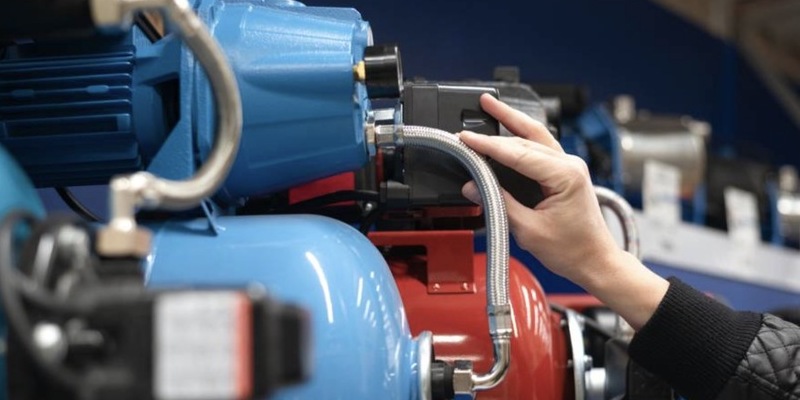
Chiller compressors are necessary to keep large buildings and industrial facilities cool. Often referred to as the central component of the cooling system, these compressors circulate refrigerant, efficiently eliminating heat to maintain a comfortable atmosphere. In this article, we’ll examine how these devices operate and what steps to take if they experience a malfunction.
A chiller compressor is a crucial component in a cooling system, designed to control temperature by continuously cycling refrigerant through several stages. Imagine it as the engine that powers the complete cooling process, working tirelessly to absorb and dissipate heat. The main function of the compressor is to boost the refrigerant's pressure, which elevates its temperature and prepares it for the heat rejection phase.
Evaporation: The cycle begins as the refrigerant turns from a liquid to a vapor by absorbing heat from the surroundings. The intended area gets cooled by this heat absorption.
Compression: The compressor compresses this warm vapor, increasing its pressure and temperature.
Condensation: The compressor then compresses this low-pressure vapor, increasing its pressure and temperature significantly. This step is essential as it prepares the refrigerant for the heat rejection process.
Condensation: The high-pressure, high-temperature vapor travels to the condenser, where it releases its heat into the environment, either through air or water. The refrigerant then condenses back into a liquid state.
Expansion: Before re-entering the evaporator, the liquid refrigerant passes through an expansion valve, where it quickly expands and cools. This cycle repeats continuously, ensuring effective cooling.
This ongoing process is essential for the chiller to perform its function properly and maintain the appropriate temperature in large-scale applications.
Despite their robust design, chiller compressors can face issues due to factors such as wear and tear, electrical faults, or operational stress. When a chiller compressor fails, prompt action is necessary to avoid further damage or operational downtime. This is where mechanical and electrical services from a dependable provider come into play, especially in diagnosing and fixing issues efficiently.
One of the common solutions for malfunctioning devices is chiller compressor motor rewinding and repairing. In order to restore the motor's functionality, motor rewinding entails replacing or repairing the broken windings within the machine. An outline of the rewinding procedure is provided below:
Assessment A qualified technician conducts a thorough inspection of the motor to determine the extent of the damage. This assessment guides the repair process and identifies whether rewinding is necessary.
Disassembly: The motor is carefully disassembled, with all components meticulously labeled and documented to ensure proper reassembly.
Winding Removal: Damaged windings are carefully removed, and the motor core is cleaned to prepare for the installation of new windings.
Winding Replacement: New windings are installed, matching the original specifications to ensure optimal performance. This step is critical, as precise winding replacements are essential for the motor's reliability.
Reassembly: The motor is reassembled, with each part returned to its correct position. Attention to detail during this step is crucial to avoid future operational issues.
Testing and Quality Assurance: Finally, the rewound motor undergoes comprehensive testing, including performance and safety checks. This ensures that the motor meets industry standards and is ready for reliable operation.
Regular maintenance and timely repairs, including motor rewinding, can extend the lifespan of chiller compressors, keeping them efficient and operational. Partnering with a reputable electromechanical company that offers mechanical and electrical services ensures that these critical components are well-maintained, minimizing the risk of unexpected breakdowns.
By understanding the operation of chiller compressors and knowing the right steps to take when issues arise, facilities can maintain their cooling systems efficiently and ensure a comfortable environment for occupants and equipment alike.